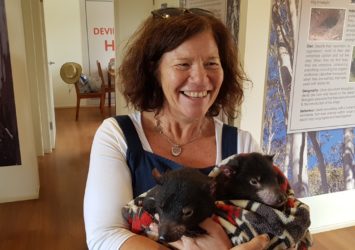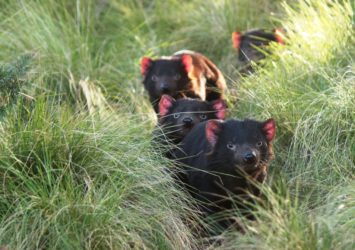Protecting our native endangered species is simpler than you may think. Here are 5 ways that you can impact positively our native fauna and flora.
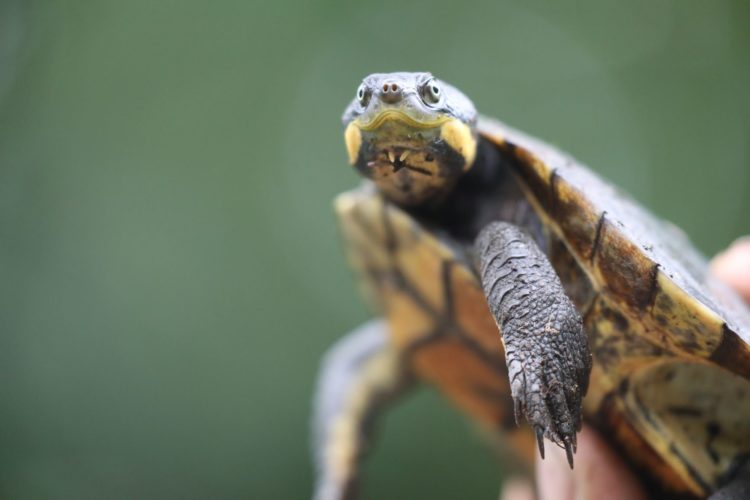
With endangered species’ populations decreasing at an alarming rate every day, many initiatives can have a positive impact on our beloved native fauna and flora.
Endangered is a word used to describe a species that is considered to be facing a very high risk of extinction in the wild. Habitat degradation, overhunting, poaching, and predation are leading the path towards the disappearance of multiple species of fauna and flora all over the world, leaving their wild population with very low numbers. To this day, according to the International Union for the Conservation of Nature (IUCN), more than 26,000 animal species are threatened with extinction worldwide.
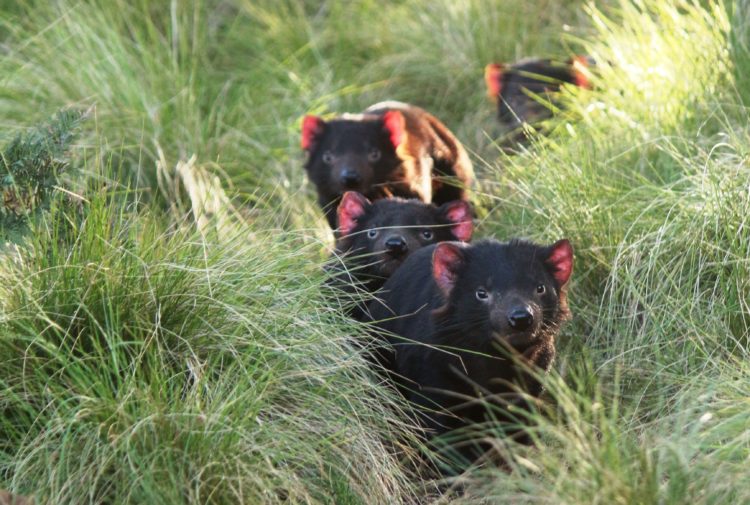
Being the country with the worst mammal extinction rate on Earth – at least 29 of Australia’s 273 mammal species have gone extinct since European colonisation – Australia is not foreign to this concept. Indeed, one out of three mammal extinctions in the last 400 years has occurred in Australia. Non-native introduced species such as cats and foxes are the primary drivers of Australia’s extinction crisis, a problem that is rapidly escalating due to a population explosion of these invasive predators that are expanding across the continent.
With endangered species’ populations decreasing at an alarming rate every day, many initiatives can have a positive impact on our beloved native fauna and flora. Here are 5 ways you can help stop Australia’s extinction crisis.

1. Educate yourself and others
The first step to protecting endangered species is to educate yourself and the people around you about the wildlife that lives in your area – there may even be more than you think. Our wonderful fauna and flora play a vital role in our ecosystem, providing us with many indispensable services. Learning about their importance, as well as the threats they suffer from, brings awareness for the species in need of help.
Education can occur in many forms. You can learn about endangered species at the zoo, learn about and understand how different animals became extinct at the museum, read books on endangered native Australian species at home, and many others. Learn about their diet, habitat, reproduction, and how many there are left in the wild.
Sharing your knowledge with friends and family, especially children, then ensures a continuous and influential exchange of information. Children are the future of conservation and will suffer the loss of wildlife and biodiversity in the long-term.
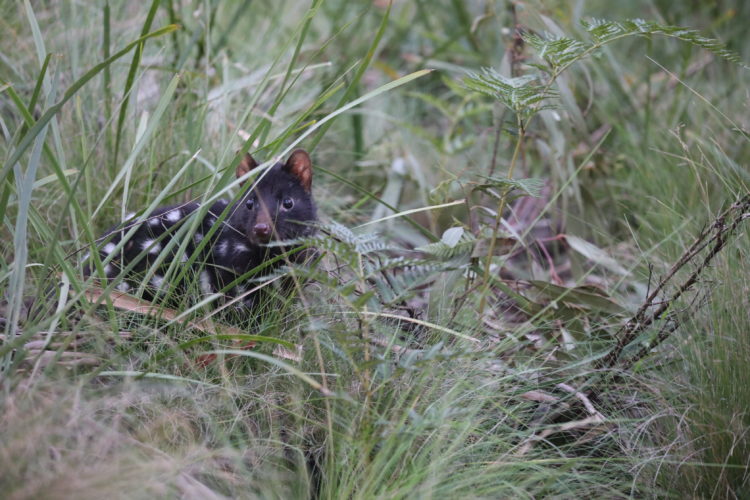
2. Create wildlife-friendly backyards
Make your backyard wildlife-friendly. As valuable habitats for our native wildlife are decreasing, there are many ways in which you can provide birds, mammals, reptiles and frogs with a suitable habitat right in your backyard.
- Plant a pollinator garden with native vegetation. The native plants will provide food and shelter for native wildlife and attract native insects like bees and butterflies that can help pollinate your plants. For better results, create a natural bushland environment.
- Install houses and baths in safe areas for birds, as well as possum boxes and bee hotels.
- Putting a pond in a sheltered spot of your backyard will also provide water and habitat for frogs and other animals. By adding a permanent source of water, in addition to shelters from the weather, predators and suitable for habitat reproduction, you can increase significantly the value of your backyard for local native wildlife species.
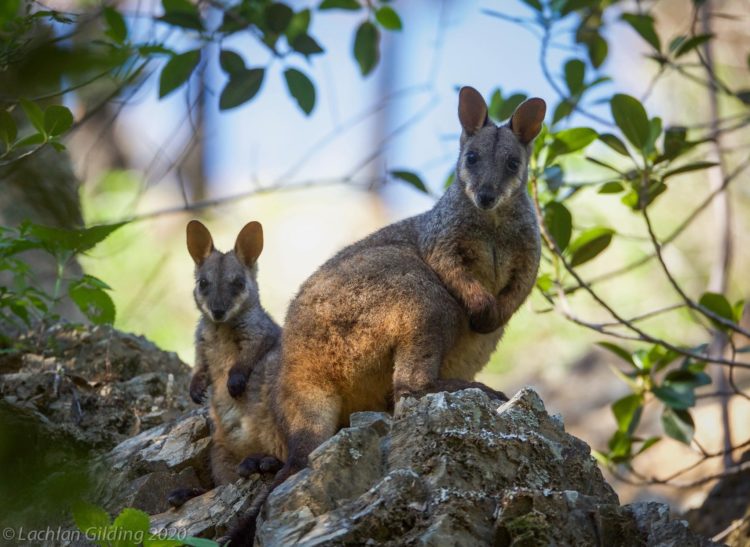
3. Be wildlife-aware when driving
This habit might seem simple and acknowledged by many but is not always practised: watching the road and driving carefully. Local wildlife have to navigate landscape obstacles in developed and rural areas and roads are one of the biggest hazards that animals face.
For wildlife such as koalas and wallabies, road strike is a prevalent and significant threat. Every year, hundreds of thousands of Australian animals are struck and killed by cars. Additionally, roadkill is said to pose more of a threat to native marsupials than diseases. That said, it is necessary to keep an eye on the road when driving and be mindful of crossing wildlife and animals in the surroundings.
4. Protect habitats
One of the most important ways to ensure a long and secure future for endangered species of animals and plants is to protect their habitats as widespread habitat degradation is detrimental to the survival of native species. By protecting habitats, entire communities can thus be protected altogether. Protected habitats can vary from parks to nature reserves to open wilderness areas. This step can be achieved when considering your impact on wildlife habitat before purchasing a house or simply when sticking to a cleared trail whilst bushwalking in your area.

5. Show your support
If you're truly serious about helping stop Australia’s extinction crisis, then support conservation organisations that are dedicated to protecting endangered species. Many organisations like Aussie Ark in Barrington Tops have made their life work and mission to save endangered species from becoming extinct. Find an organisation that helps specific animals or regions that you care about and volunteer your time, make a donation, whether it be big or small, and/or share the organisation’s vision with your entourage in person and on social media.
